There are many reasons why a rhinoplasty procedure may not produce ideal results. At FacesFirst, we want our patients to be completely confident in how they look, which is why we offer the revision rhinoplasty procedure, which corrects any undesired outcomes from previous nose surgery. Get the results you expected the first time. Feel confident when you look in the mirror with a revision rhinoplasty in Denver or Lone Tree, CO.
What is Revision Rhinoplasty Surgery?
Revision rhinoplasty is a term to describe a facial plastic surgery procedure to correct problems or deformities of the nose from a previous rhinoplasty. It’s sometimes called a secondary rhinoplasty or rhinoplasty revision. Dr. Christopher Cote is a facial plastic surgeon and specialist in revision rhinoplasty procedures. He has the experience and expertise needed to correct problems, and he takes pride in giving rhinoplasty patients results they can be confident in. Regardless of who performed your primary rhinoplasty, Dr. Cote can offer a successful revision surgery.
What is the Difference Between Initial Rhinoplasty and Revision Rhinoplasty?
Revision rhinoplasty procedures are generally considered one of the more difficult facial plastic surgery procedures. This is due to the complicated anatomy of the nasal bones and the fact that damaged cartilage and scar tissue will need to be virtually rebuilt to create the new nasal skeleton. To build a new nasal skeleton, a cartilage graft may be harvested from one of three areas of the body: the nasal septum (septal) cartilage, ear (conchal) cartilage, or the rib (costal) cartilage. In some cases, the damage may be too severe to safely be taken from these areas, and synthetic tissue may be used instead. Another possibility is that all of the above may be used; both natural and synthetic cartilage.
Because a secondary rhinoplasty is a more complicated procedure, it is crucial that you choose an experienced and trustworthy facial plastic surgeon. Dr. Cote is a double-board certified, experienced rhinoplasty surgeon and has been performing successful facial plastic surgery and nose surgery procedures for more than 20 years.
Gallery
Before and After
Revision Rhinoplasty addresses a variety of cosmetic concerns on the nose, including an overly large nose, bulbous tip, dorsal hump, and a hooked appearance. Natural-looking results that fit each patient’s face are always the goal.
View More
*actual patient by FacesFirst Dr. Cote
Who is a Good Candidate for Revision Rhinoplasty?
Good candidates for revision rhinoplasty are patients who underwent a previous rhinoplasty procedure and did not achieve the nose and facial aesthetics they were hoping for. In some cases, this may be a “botched” nose job that resulted in a pinched tip or crooked nose. Revision rhinoplasty is also beneficial for patients who experienced complications after their previous rhinoplasty like breathing difficulties or a deviated septum.
Some rhinoplasty patients also experience injuries or trauma to the nasal tissues after their original surgery and experience breathing difficulties. Or perhaps they developed breathing issues (where they previously had none) because of a new nasal obstruction. In some cases, a primary procedure did not heal as intended.
To be considered a good candidate for revision rhinoplasty, you should be in overall good health and able to undergo revision rhinoplasty; you should also have realistic expectations about what this surgical procedure can achieve.
How Soon Can I Get a Revision Rhinoplasty?
Recovery from your initial surgery can take upwards of one year. Before you opt for a revision rhinoplasty procedure, you should be fully recovered from your initial surgery. If you undergo revision rhinoplasty before this time, it can negatively impact your results, so your facial plastic surgeon can help you determine if it’s the right time and what sort of final outcome you can expect.
Should I Go to the Same Surgeon for a Revision Rhinoplasty Procedure?
It’s not necessary to go to your original surgeon for revision rhinoplasty. In fact, it can be more beneficial to select a facial plastic surgeon who specializes in revision rhinoplasties. Your original surgeon may have a better idea of your previous rhinoplasty, but a revision rhinoplasty specialist will better understand the complexities of revision surgery and may be able to better achieve the results you want. Dr. Cote is a highly sought-after facial plastic surgeon for his skill and experience in revision rhinoplasty in the greater Denver area.
What to Expect During Revision Rhinoplasty Surgery
Due to the complexities of this challenging cosmetic and reconstructive surgery, revision rhinoplasty procedures are one of the more time-consuming plastic surgery procedures in the operating room. It’s performed under general anesthesia, just like your initial procedure.
Revision rhinoplasty is very similar to primary rhinoplasty surgery except that it may require cartilage grafts or synthetic tissue based on your needs. During your revision rhinoplasty consultation, your facial plastic surgeon will help you understand what to expect during surgery, including your incision pattern, the advanced techniques used to correct breathing difficulty, and the choice between open rhinoplasty and closed rhinoplasty surgery.
Revision Rhinoplasty Results
Revision rhinoplasty has a longer recovery time, which might be anywhere from six months to two years, depending on the severity of the necessary repairs and the health of the skin. However, once fully healed, the secondary or revision rhinoplasty can improve breathing function and external deformities, and improve the structure of the bridge of the nose.
Most patients return to work within 7-10 days after surgery. You can expect swelling to last for 1-2 months and should avoid exercise during this time. Your post-op aftercare steps and recovery will be very similar to your initial procedure but our team is available to answer your questions.
What is the Cost of Revision Rhinoplasty?
The cost of revision rhinoplasty in Denver can vary depending on the complexity of the procedure and the specific aesthetic or functional goals. Revision rhinoplasty, which corrects issues from a previous surgery, is generally more complex than a primary rhinoplasty due to existing scar tissue and anatomical changes. This additional complexity often translates to higher costs. For information regarding pricing, please contact our practice today.
Schedule a Consultation in Denver & Lone Tree
Revision rhinoplasty can help you achieve your intended results after your first rhinoplasty. Your first step is meeting with our Denver, CO rhinoplasty specialist, Dr. Christopher Cote or Dr. Nicolette Picerno. For more information on revision rhinoplasty in Denver and how we can enhance your appearance, please contact us at 303-744-2300.
Frequently Asked Questions
Is revision rhinoplasty common?
Since rhinoplasty itself is an extremely popular surgery and done thousands of times every year there inevitably will be many revision rhinoplasty's needed as well. Your individual risk for needing a revision rhinoplasty depends on a multitude of factors including how the surgery is done, how you have healed, and very importantly what your expectations are on the results. So it's very importantTo have a thorough evaluation and consultation to understand your individual issues if needed.
Can your nose change shape after rhinoplasty?
Rhinoplasty results are designed to be incredibly long-lasting, however, small changes can take place over time. These changes will be subtle, and your nose should not revert to its original shape.
Will my tip drop after rhinoplasty?
Changes in the shape of the nose such as a droopy tip certainly can occur after a rhinoplasty. There are a multitude of reasons this could occur including how the surgery was technically performed to minimize this problem, how the healing process proceeds for the patient, the condition of the patients tissues as they heal, and unintended incidences such as nasal trauma of course could occur in any time. Most experienced surgeons can avoid a tip drop after rhinoplasty by using the proper surgical techniques Most experienced surgeons can avoid a tip drop after rhinoplasty by using the proper surgical techniques .
How do you mentally prepare for a nose job?
Mental preparedness for a nose job can be in two major categories. First and most importantly is to be sure that your expectations are reasonable and in alignment with what can be achieved in the operation. Unrealistic expectations are the biggest reason patients are unhappy with a rhinoplasty. The other major area that a patient needs to be mentally prepared for is to go through the stress of the operation and the healing process that ensues. Initially, there are some patients who expressed some regret with having had it done because they were not mentally prepared. Most get through this phase after a week or so. In addition it is very important to be prepared to be very patient with the healing process as it does take many months and up to a year or more to see your results.
What is a rhinoplasty revision?
Rhinoplasty revision refers to a procedure done on the nose when a patient has had a history of prior nasal surgery. The patient may have had an unsatisfactory results due to healing or other technical issues or personal preferences. They also may have injured their nose and created new problems. It's important to choose a very experienced surgeon who understands the more complex challenges with these cases. At Faces First, our surgeons have decades of experience dealing with revision rhinoplasty.
What is the difference between primary and revision rhinoplasty?
Primary rhinoplasty refers to a procedure done on a patient's nose for the first time. Revision rhinoplasty refers to procedure done when a patient has a history of prior nasal surgery or rhinoplasty.
Does nose job last forever?
Not all nose jobs, also called rhinoplasty, are performed the same way. There are different techniques that can be more reliable than others, there can be individual characteristics of the patient that may affect healing, and they are even can be aging changes that occur over time that we don't have complete control over. At Facesfirst in general we employ techniques that are very structural to the nose and have reliable and long lasting results. Like many things in the practice of medicine there are no absolutes, but working with a surgeon who has good experience using the most reliable techniques will give you the best chance at a long lasting satisfying result.
How soon can revision rhinoplasty be done?
Most surgeons would not recommend you consider a revision to your rhinoplasty until you have waited at least one year. There can be exceptions to this depending on the individual problem. It is especially important to wait at least a year or more for a very small or subtle concerns since sometimes these are temporary due to swelling and healing and may correct themselves on their own or with minimal interventions. For some patients it is very tempting to request a revision sooner as the healing process requires much patience. You will have to work closely with your surgeon and have some trust that expert assessments can help guide you through the healing process.
Can revision rhinoplasty be closed?
Closed rhinoplasty refers to the surgical approach where incisions are hidden inside the nostrils to perform the operation. Revision rhinoplasty can be done using a closed approach in the right situation and that may depend on the physical characteristics of the nose and the surgeons comfort level with the approach needed. The alternative would be an open approach which can be an extremely good way to get excellent surgical visibility. At Facesfirst, we use both approaches and can discuss the options depending on your individual case in needs.
Can you ruin your rhinoplasty?
Theoretically a patient who is not careful with following guidelines after surgery could ruin their rhinoplasty. Risky behavior that could traumatize the nose certainly could cause a problem as well. In general, however if the operation was performed well and you follow the postoperative guidelines reasonably then it would be unusual for the results to be compromised.
How do I prepare for a revision rhinoplasty?
There are a number of areas that you need to be attentive to to be prepared for a revision rhinoplasty. First, the clear in your expectations with yourself as well as the surgeon. Find out if you have reasonable expectations for the outcome and whether the surgeon can deliver on those expectations. Be comfortable with the certain and their experience and technical skill. Even an excellent surgeon might have complications so be sure it's someone you are comfortable working with if there is a problem. Be well informed and make sure you ask lots of questions. Address any of your other health issues as they could interfere with the healing process. Be sure you will be able to have adequate follow-ups to address any issues during healing. Be sure your personal schedule allows time to appropriately rest for healing. Understand your financial obligations and be prepared there also.
What questions should I ask my plastic surgeon about rhinoplasty?
There are many questions you should ask when planning a rhinoplasty with a surgeon and it is important that you develop a comfort level with the procedure and your surgeon to enable your confidence to proceed with the procedure. The initial consultation is when communication begins and you have the opportunity to express to the surgeon just what your expectations are for improvement of your nose. It is important that they are listening to your expectations and you also feel comfortable with how they are responding to that. So you may want to ask the surgeon if they think they can achieve the type of results you desire?Ask the surgeon how they perform the rhinoplasty. Ask about their experience. Ask if they do surgery for breathing and sinuses of the nose as that is an indicator that they understand the nose in a more complete manner. Ask about their training in their credentials. Ask about how the healing process will progress. Ask how long the operation will take and what your recovery will be like. Ask when you may return to many of your usual activities. Ask what type of follow up you will have as you progress through the healing process. Ask what is done if there is a problem with healing. Ask about the cost of the procedure. Ask if you can talk to other patients of the surgeon who have had the same surgery.
How long after rhinoplasty can I get a revision?
In general, it is very important to be patient with the healing process after rhinoplasty. Sometimes a patient is concerned about an issue that will likely resolve as the healing process ensues. It is generally advisable to avoid any significant interventions for at least one year after the surgery. Sometimes small interventions might be considered before that timeframe. Beyond a year a revision can be considered when both the patient and the surgeon feel ready to proceed.
Does revision rhinoplasty take longer to heal?
Revision rhinoplasty is a more complex procedure than an initial rhinoplasty, and therefore takes longer to heal. Generally, and the surgeons would say the healing process takes about a year and healing from revision rhinoplasty can take even longer. There is no hard set time To say your healing has ended as this is living tissue that can change for other factors as well over time. Revision rhinoplasty has more scarring and complex changes that require a special attention to detail and patience as you heal to say your healing has ended as this is living tissue that can change for other factors as well over time. Revision rhinoplasty has more scarring and complex changes that require a special attention to detail and patience as you heal.
What can you not do after rhinoplasty?
There are going to be some limitations to your activity in the first few weeks after rhinoplasty surgery. The first week is generally rest with limited easy activities. Travel and intense exercise should be avoided for at least two weeks. Contact sports should be avoided for at least six weeks. You also should be careful being out in the sun as the skin is more inflamed and vulnerable to a burn. Sometimes wearing glasses over the nose should be avoided for a few weeks and blowing your nose too aggressively for the first few weeks could irritate the tissues, cause a nosebleed or even twist the nose. A commonsense approach generally will minimize any problems with healing in the fact that the nose is tender will be a good guide to avoiding certain activities.
What is the cost of Revision Rhinoplasty?
The cost of revision rhinoplasty can vary significantly based on factors such as the complexity of the surgery, geographic location, and additional fees like anesthesia and facility costs. This procedure is generally more expensive than a primary rhinoplasty due to the intricate nature of correcting previous surgery outcomes. To explore financing options or potential insurance coverage for a revision rhinoplasty, please contact FacesFirst today.
Testimonial
from our patients
Dr. Cote and all staff genuinely care about their patients and the experience they have. Their priority is to make sure everyone is happy with their procedure and understands the whole process.
-Jodee D.
Dr Picerno (& Kerry) have been helping me look younger for a long time. They are excellent at keeping the years at bay and they care about their patients. I highly recommend using them if you want to turn back the clock.
-Linda J.
Read More
Read Our Blog
for more information
How a Revision Rhinoplasty can Improve Poor Results
READ BLOG
When Do You Need a Revision Rhinoplasty?
READ BLOG
Christopher Cote, M.D.
Dr. Christopher Cote is a double-board-certified facial and reconstructive plastic surgeon and head and neck surgeon by the American Board of Otolaryngology and the American Board of Facial and Reconstructive Surgery. He received his medical degree from Tufts University and performed his residency at Walter Reed Army Medical Center and National Naval Medical Center, fellowship training at Johns Hopkins university. His specialties include aesthetic and functional rhinoplasty, facelifts and brow lifts, and others minimal invasive procedures. He is also a clinical instructor to Plastic Surgery residents at University of Colorado, and recently received recognition on Newsweek’s Americas best rhinoplasty surgeons. When not assisting patients, Dr. Cote enjoys spending time hiking, skiing, and traveling with his wife and kids.
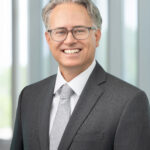
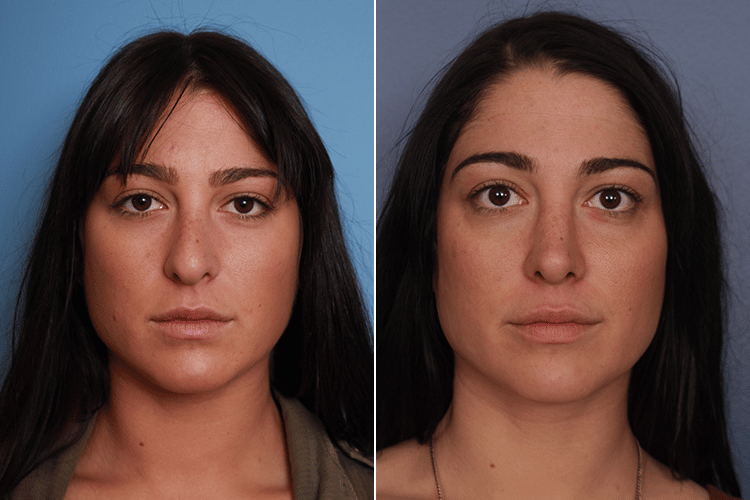
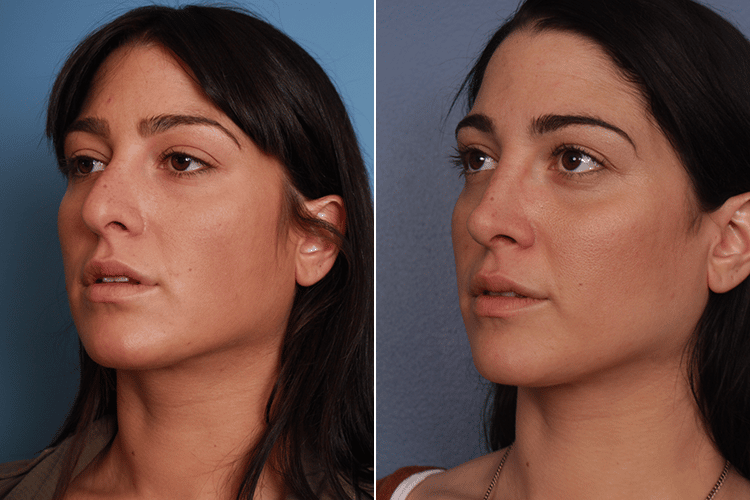
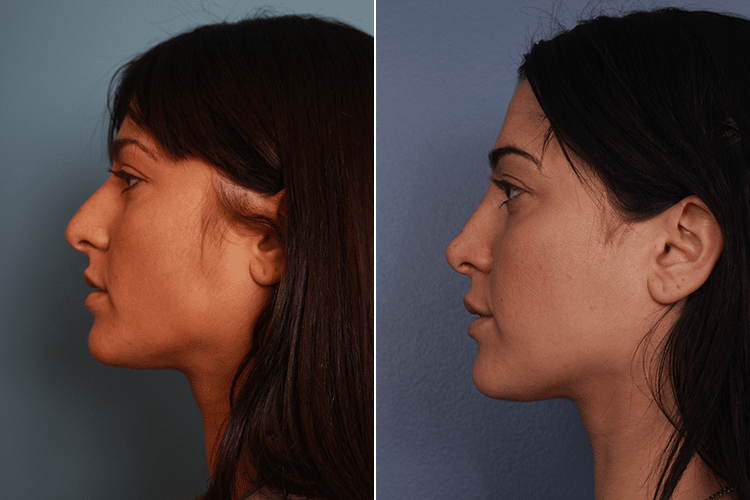
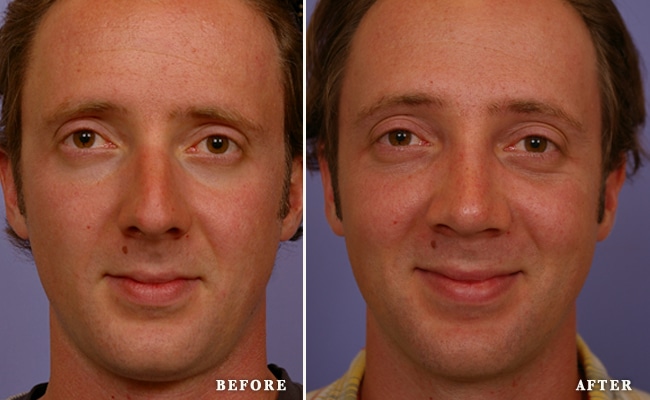
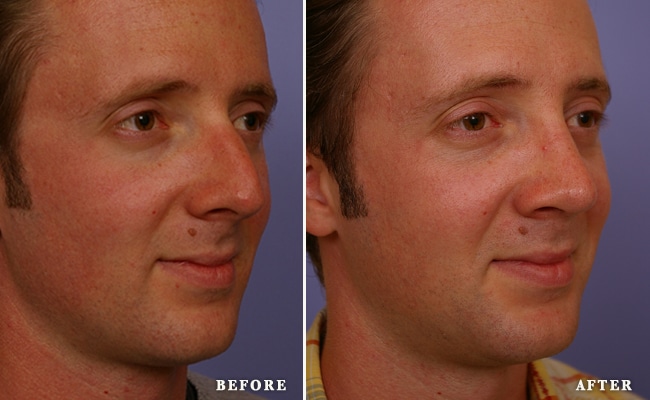
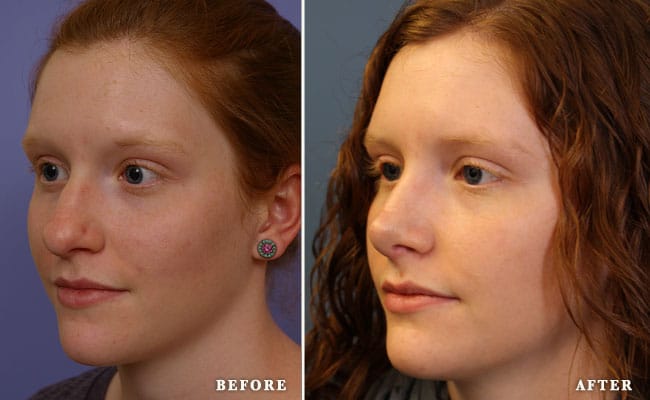
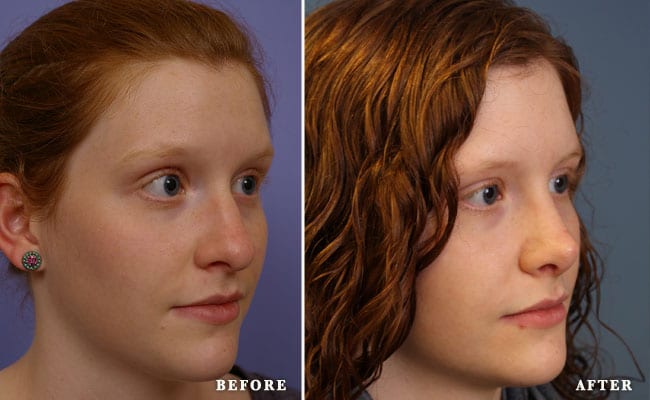
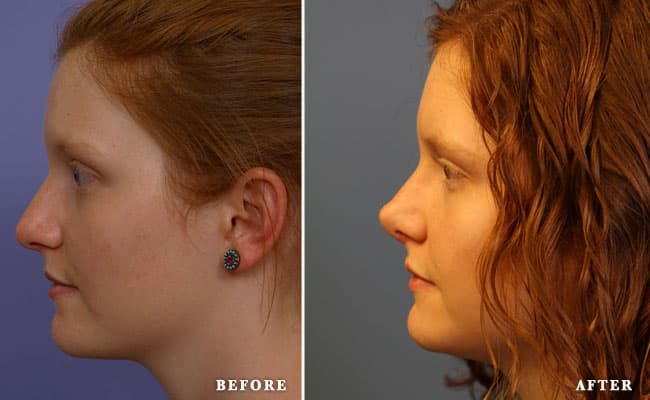
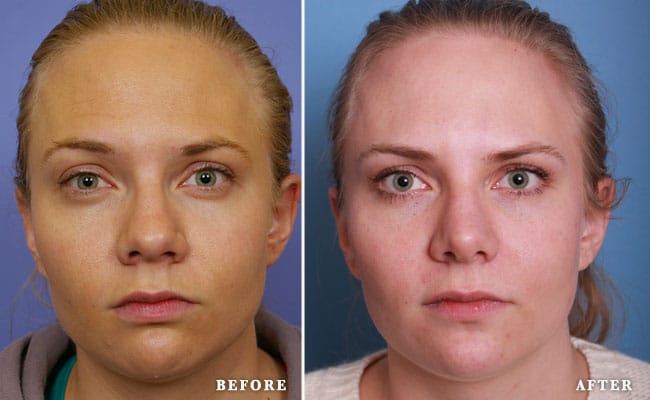
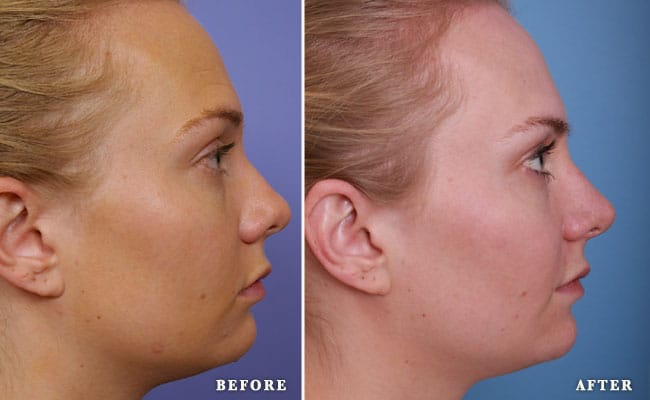
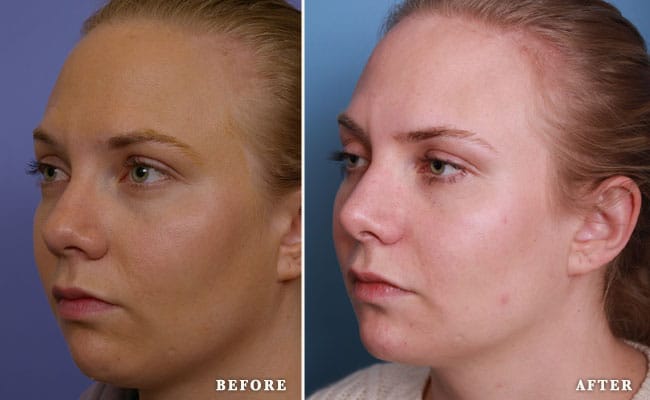





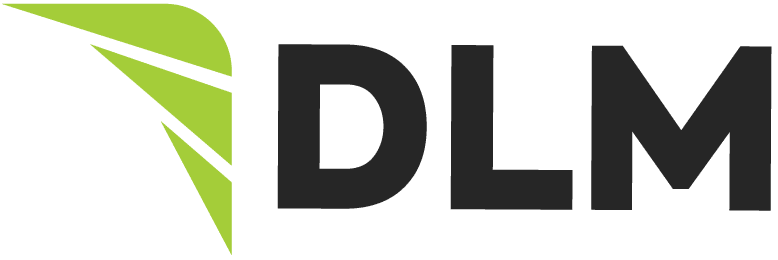
 Call Us
Call Us